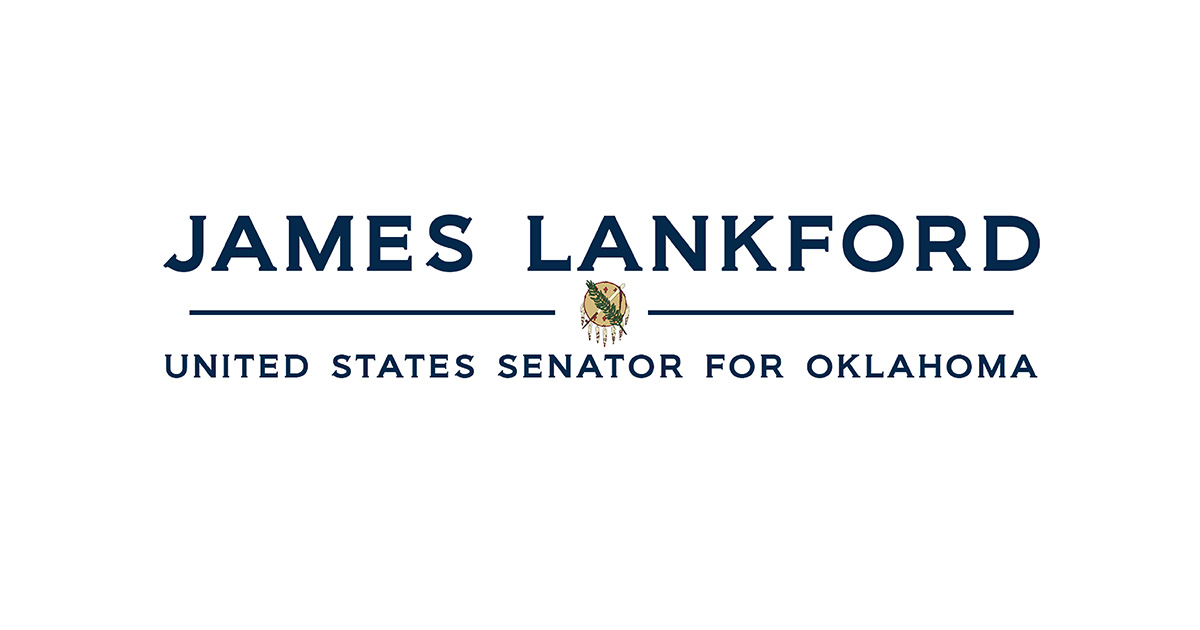Source: United States Senator for Oklahoma James Lankford
03.31.22
CLICK HERE to watch Lankford’s remarks on YouTube.
CLICK HERE to watch Lankford’s remarks on Rumble.
WASHINGTON, DC – Senator James Lankford (R-OK) today participated in a Senate Energy and Natural Resources Committee hearing on domestic critical mineral supply chains and how we continue to source critical minerals here in the US and with our allies, rather than importing them from unfriendly nations like China. Lankford’s questions focused on opening up domestic critical mineral mining and processing and ensuring we can pursue that safely and effectively.
Yesterday, Lankford introduced a bill to establish a secure supply chain of critical minerals and counter China’s market dominance by leveraging the Quadrilateral Security Dialogue (Quad) partnership, which includes the US, Australia, India, and Japan. Lankford also authored legislation expanding the Department of Energy’s Title 17 loan program to include critical minerals development, processing, and recycling projects, which became law in 2021.
Witnesses at today’s hearing included Dr. Steve Fortier, the Director of the USGS National Minerals Information Center at the US Department of the Interior; Mr. Scott Melbye, the President of the Uranium Producers of America; Ms. Julie Padilla, the Chief Regulatory Officer of Twin Metals Minnesota; Ms. Abigail Wulf, the Vice President of Critical Minerals Strategy and Director of the Center for Critical Minerals Strategy at Securing America’s Future Energy; and Dr. Paul Ziemkiewicz, the Director of the West Virginia Water Research Institute at West Virginia University.
Excerpts
On the importance of pursuing US mining safely and effectively
Lankford: It’s interesting as we go back and forth across the dais here that it’s this perception that Republicans are all trying to get rid of all permitting and… strip it, and Democrats are trying to be able to protect everything. I don’t think that’s really where anyone is on this on either side of it. A reasonable permitting process—we all live in these areas…Picher, Oklahoma, in considered the most toxic place in America. It was a lead mine for 100 years. It’s still the largest superfund site, and literally we’ve had to evacuate everyone from the entire town. It’s a ghost town now. All buildings are there. Everyone’s pulled up as we try to deal with it. The way we used to do mining was terrible. It was expedient. It destroyed the environment around it. No one wants to go back to that. Nobody. But we’ve got to figure out how to be able to do this.
On Earth Mapping
Lankford: You talked about the Earth mapping, the Earth MRI, I love the name of it by the way. There was a time period when this was all moving, and we’d actually mapped more of Afghanistan than we had of the United States. I would assume we’re caught up on that. Where are we? When will this project be done?
Dr. Fortier: The Earth MRI project is I think a fundamentally important initiative, and we are very appreciative of the…
Lankford: So when will it be done?
Dr. Fortier: I don’t think I can give you an end date, but what I can say without fear of contradiction is that the money that has been injected by the bipartisan infrastructure law will vastly accelerate that process.
On potentially using existing brownfield sites to process minerals
Lankford: …We really talk a lot about the mining, but the processing part is another whole step. And that’s very significant. Obviously there are environmental challenges around the processing as well as around the mining, and both can be handled well. There’s a question that’s been brought to me before of, can we do the processing on a brownfield site? So there are unique challenges obviously working in a brownfield site already with environmental challenges there, but are there ways to be able to move the processing to a location that’s a brownfield site already and to say while we’re working on the other environmental issues that are here already, we also have something else that we’re trying to be able to manage as well. Is that faster or slower to do that? And I’m not going to ask either of you to commit to it, but initial impression…on that?
Ms. Padilla: Thank you, Senator. I think we need to look at all of these options because siting facilities like that are difficult. So processing facilities by themselves, if you’re utilizing a site that’s already been heavily industrialized, you’re likely going to have an easier time through permitting.
###
